
Dog Star Man is a series of short experimental films, all directed by Stan Brakhage, featuring Jane Wodening. It was released in installments between 1961 and 1964 and comprises a prelude and four parts. In 1992, Dog Star Man was included in its entirety in the annual selection of 25 motion pictures added to the National Film Registry of the Library of Congress. being deemed "culturally, historically, or aesthetically significant" and recommended for preservation.

James Stanley Brakhage was an American filmmaker. He is considered to be one of the most important figures in 20th-century experimental film.

Drawn-on-film animation, also known as direct animation or animation without camera, is an animation technique where footage is produced by creating the images directly on film stock, as opposed to any other form of animation where the images or objects are photographed frame by frame with an animation camera.
An underground film is a film that is out of the mainstream either in its style, genre or financing.
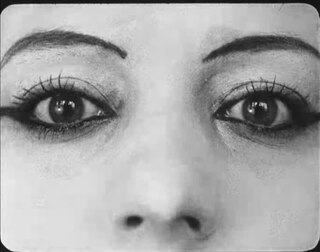
Experimental film or avant-garde cinema is a mode of filmmaking that rigorously re-evaluates cinematic conventions and explores non-narrative forms or alternatives to traditional narratives or methods of working. Many experimental films, particularly early ones, relate to arts in other disciplines: painting, dance, literature and poetry, or arise from research and development of new technical resources.
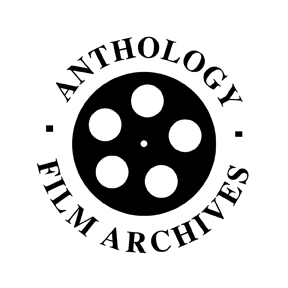
Anthology Film Archives is an international center for the preservation, study, and exhibition of film and video, with a particular focus on independent, experimental, and avant-garde cinema. The film archive and theater is located at 32 Second Avenue on the southeast corner of East 2nd Street, in a New York City historic district in the East Village neighborhood of Manhattan.

Marie Menken was an American experimental filmmaker, painter, and socialite. She was noted for her unique filming style that incorporated collage. She was one of the first New York filmmakers to use a hand-held camera and trained Andy Warhol on its use. Her film Glimpse of the Garden was selected for preservation in the National Film Registry by the Library of Congress.

Mothlight is an experimental short film by Stan Brakhage, released in 1963. The film was created without the use of a camera.
The Act of Seeing with One's Own Eyes is a 1971 American film by Stan Brakhage. Its title is based on the literal translation of the term autopsy. The film documented the highly graphic autopsy procedures used by forensic pathologists, such as the removal of organs and the embalming process.
Over the course of more than five decades, the American experimental filmmaker Stan Brakhage produced a large body of work. All films in the filmography are assumed to be silent, in color, and are meant to be shown at 24 frames per second, unless otherwise noted. The Brakhage films, comprising his edited originals, intermediate elements, and other original material, are housed at the Academy of Motion Picture Arts and Sciences Film Archive, where a long-term project is underway to preserve and restore his entire film output.
The Songs are a cycle of silent color 8mm films by the American experimental filmmaker Stan Brakhage produced from 1964 to 1969. They are seen as one of Brakhage's major works and include the feature-length 23rd Psalm Branch, considered by some to be one of the filmmaker's masterworks and described by film historian P. Adams Sitney as "an apocalypse of imagination." One of the filmmaker's most overtly political films, 23rd Psalm Branch is often interpreted as being Brakhage's reaction to the Vietnam War.
Scenes from Under Childhood is a series of 16mm film in four independent sections by the American experimental filmmaker Stan Brakhage produced between 1967 and 1970. All four sections are silent, though Brakhage made a version with sound available for the first section.
Thigh Line Lyre Triangular is an experimental short film by Stan Brakhage, released in 1961, which depicts the birth of the director's third child, a daughter named Neowyn. The film, which involves painting and hand-scratching over photographic images, is more abstract than the director's earlier Window Water Baby Moving, which documented the birth of Brakhage's first-born, Myrrenna.
Cat's Cradle is an experimental short film by Stan Brakhage, produced in 1959. The film was described by Brakhage as "sexual witchcraft involving two couples and a 'medium' cat."
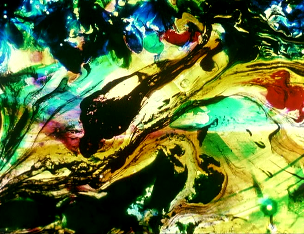
The Dante Quartet is an experimental short film by Stan Brakhage, completed in 1987. The film was inspired by Dante's Divine Comedy, and took six years to produce.
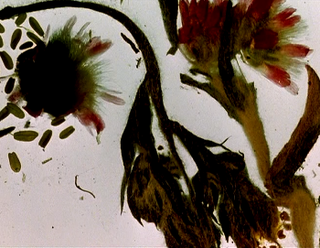
The Garden of Earthly Delights is an experimental short film by Stan Brakhage, released in 1981. The film was partly inspired by Hieronymus Bosch’s painting of the same name.
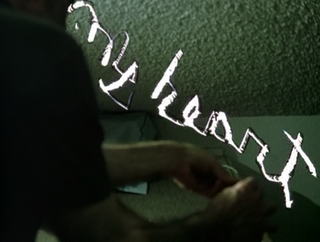
I... Dreaming is an experimental short film by Stan Brakhage, released in 1988. The film features a soundtrack of Stephen Foster songs, composed by Joel Haertling.
Fire of Waters is an experimental short film by Stan Brakhage, produced in 1965.

Commingled Containers is an experimental short film by Stan Brakhage, produced in 1997.
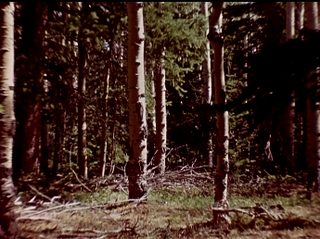
The Wold Shadow is an experimental short film by Stan Brakhage, produced in 1972.












